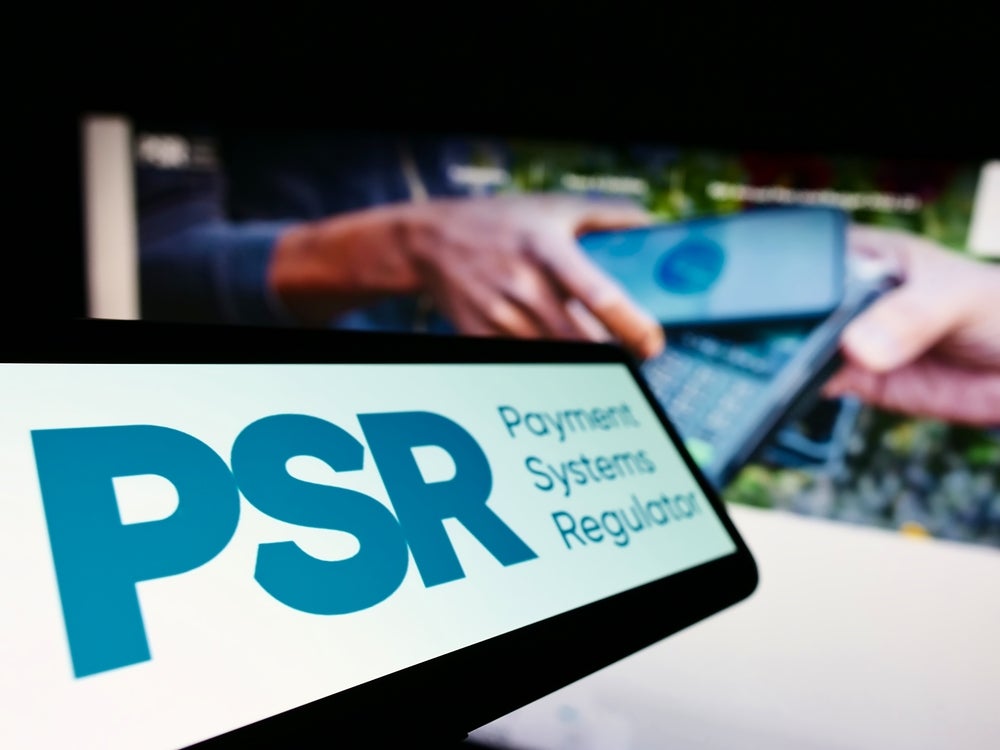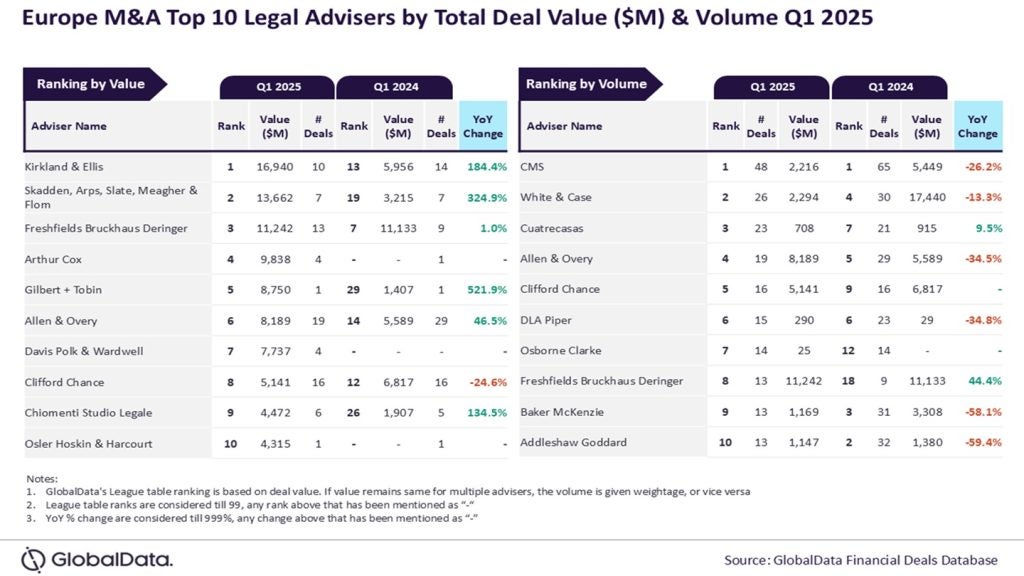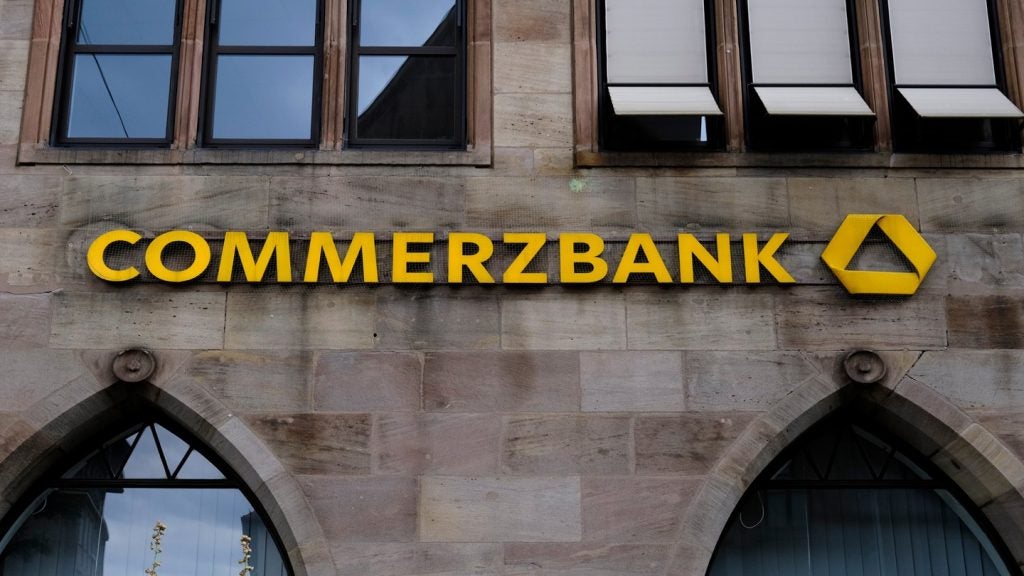The UK’s Payment Systems Regulator has mandated the reimbursement of victims of authorised push payment fraud. While this is a win for consumers, the shift threatens to disrupt smaller banks and PSPs which are already operating with tighter margins and fewer resources. The stakes are high, and so are the risks.
Recent research found that fraud professionals across the industry are apprehensive about managing this liability shift, expressing lower confidence in their ability to handle it compared to other regulatory changes like PSD3 and SEPA. This caution was even greater among smaller banks and PSPs because of a perception that they are primary targets for receiver accounts in scams and mule fraud, leading to a greater impact. But, with reimbursement a non-negotiable, smaller banks must find ways to reduce the likelihood of fraud.
Unlike larger institutions weighed down by legacy systems, smaller banks have the advantage of agility. The real question is how they can use this flexibility to strengthen security and turn fraud prevention into a competitive edge.
How machine learning helps banks stay one step ahead
Traditional rule-based fraud detection systems struggle to keep pace with the increasingly sophisticated tactics employed by fraudsters. To combat this, AI-driven defences that utilise machine learning can be used to detect and mitigate suspicious activity in real time, helping banks stay one step ahead.
AI systems can sift through a vast quantity of data, spot emerging fraud patterns, and then adapt in real time, helping banks and PSPs take a proactive approach and evolve depending on threat trends.
Crucially, AI can play a key role in reducing false positives, allowing smaller banks with limited resources to prioritise genuine threats and avoid wasting time on benign anomalies. This efficiency ensures that fraud prevention teams can focus their resources on genuine threats and meet regulatory demands. For smaller banks operating with lean teams, this efficiency can be the difference between remaining one step ahead, or getting caught out by criminals.
Automation to streamline compliance
The regulatory landscape for fraud prevention is constantly evolving, with frameworks like PSD2 and the SWIFT Customer Security Programme imposing stringent requirements on banks. Smaller banks can leverage automation to transform compliance from a labour-intensive burden into a streamlined operation. Automated, real-time transaction monitoring systems ensure continuous alignment with the latest regulatory standards, minimising the need for resource-intensive manual audits and updates. Case management automation further streamlines the compliance process by providing a centralised platform for managing alerts and resolutions. This reduces administrative overhead and enables faster responses to high-risk transactions. Instead of navigating cumbersome spreadsheets or outdated workflows, compliance teams can rely on enhanced investigative tools to streamline the process from alert to resolution.
Behavioural analysis to counter social engineering
Although losses from APP fraud decreased by 11% in 2023, the overall financial impact remains staggering and has exceeded £213m. This underscores fraudsters continued focus on exploiting human vulnerabilities through increasingly sophisticated social engineering tactics, which can bypass traditional, transaction-focused detection systems.
To counter this persistent threat, smaller banks can adopt behavioural analysis tools that delve deeper than mere transactional anomalies. These advanced systems analyse patterns across multiple data points, such as device activity, geolocation, and login behaviour, to identify subtle deviations from what is perceived as normal behaviour. By integrating behavioural insights, banks can intercept fraud attempts, ensuring a more secure experience for customers.
Additionally, the incorporation of machine learning in these systems ensures continuous adaptation to emerging threats while customised risk responses cater to specific customer profiles, creating a more secure and user-friendly experience. By integrating behavioural defences, smaller banks can establish themselves as innovators in fraud prevention.
Charting the path to industry-wide resilience
Smaller banks often see regulatory demands as a threat to their survival. But with the right technology and strategy, these institutions can flip the script. Advanced fraud prevention isn’t just about compliance; it’s a market differentiator. By embracing scalable AI, automating compliance processes, and leading with behavioural analysis, smaller banks can set new benchmarks for the industry.
Take the growing regulatory focus on consumer reimbursement. Many large banks, despite their resources, have struggled to adapt their sprawling systems to meet these requirements. Smaller banks, by contrast, can move faster, adopting flexible solutions to stay compliant while keeping costs under control. This positions them not as followers but as leaders, setting a pace that even larger competitors struggle to match.
Fraud prevention is not a static challenge. Banks must stay a step ahead, not just reacting to threats but actively shaping the future of fraud detection. This requires scalable, adaptive technologies that address the unique challenges smaller banks face.
AI-powered systems enable compliance and greater security. By reducing operational burdens, automating compliance, and enhancing detection capabilities, these institutions can achieve more with less. With the stakes higher than ever, it is time smaller banks and PSPs use technology to turn the tides, transforming this challenge into an opportunity to reconstruct and sharpen its competitive edge.
Marie-Christine Diaz is Business Development Manager/Payments-EU at Eastnets








